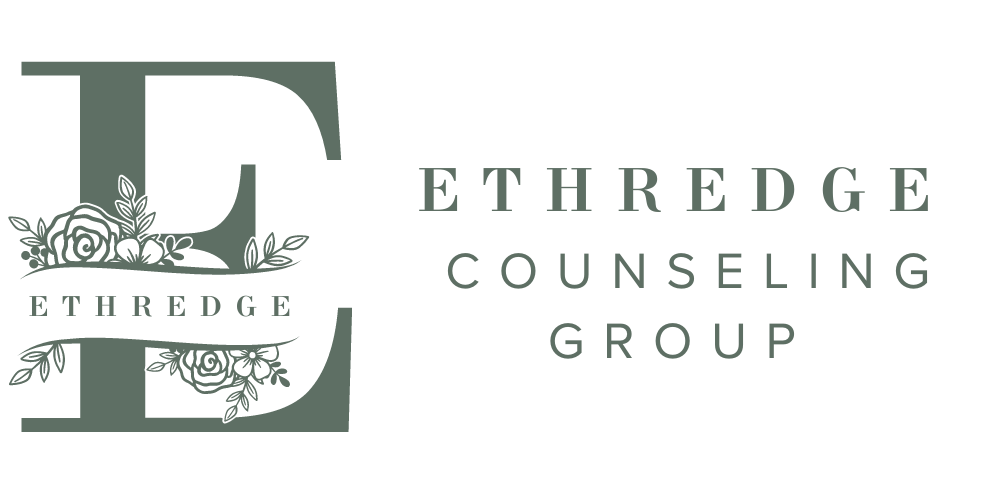
The ECG Blog
Unraveling Anxiety and Attachment Styles
Anxiety is an emotion that can affect anyone, regardless of age, gender, or background. However, when it comes to understanding and managing anxiety, one's attachment style plays a significant role, particularly for women. Attachment styles influence how we connect with others, process emotions, and handle stress. In this blog post, we'll explore the intricate relationship between anxiety and attachment styles, offering insights and strategies for women to better navigate their emotional landscapes.
Understanding Attachment Styles
Attachment theory, developed by John Bowlby and later expanded upon by Mary Ainsworth, helps us comprehend the way we form emotional bonds with others. Attachment styles typically fall into four categories: secure, anxious-preoccupied, dismissive-avoidant, and fearful-avoidant (also known as disorganized). These styles are formed in childhood based on our early experiences with caregivers and continue to impact our relationships throughout our lives. It is important to note that these categories are fluid, rather than rigid, meaning that your attachment style may have components that have characteristics of several styles.

